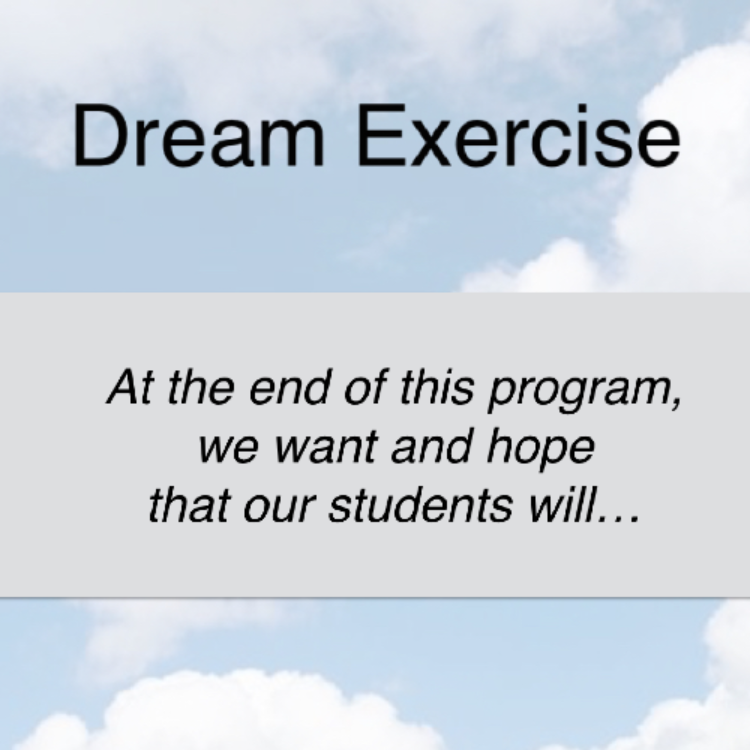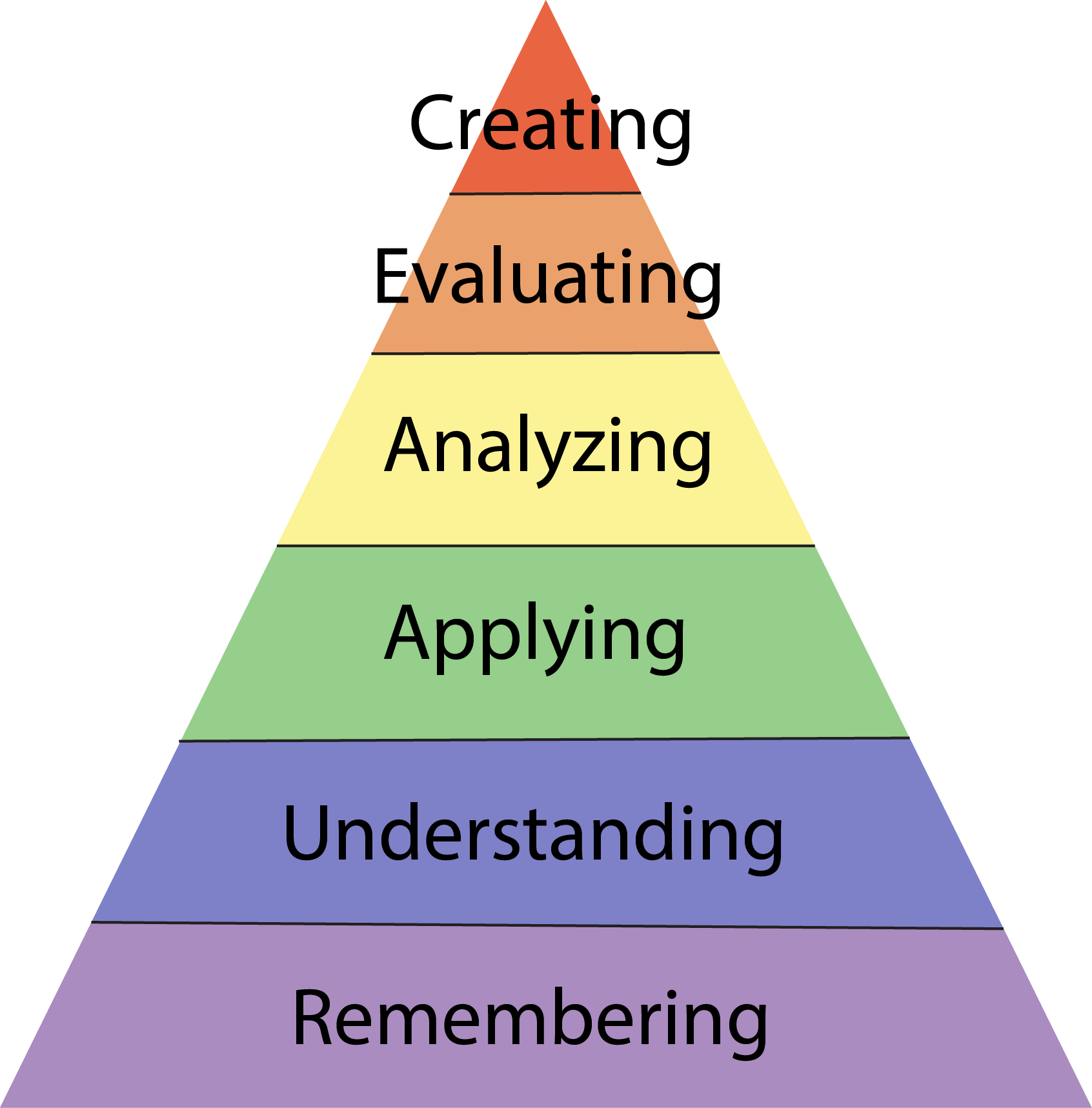Write/Revisit Learning Outcomes
Principles of Effective Learning Outcomes
- Describe learning that will result from an activity.
- Favor precise terms over vague ones.
- Align with assessment: keep in mind how you will measure achievement.
- Aim to capture multiple levels of learning.
Check out the Learning Outcomes video below for more.
When it comes to learning outcomes, most think of that list of things students will learn found at the beginning of a course syllabus. Course-level learning outcomes help to focus learning on that which matters most and to specify what it means for students to have learned. For the same reason, programs and departments need to have learning outcomes at the program level. Further, program-level learning outcomes help shape the identity of a program and its graduates.
Once clarified, learning outcomes can be used to identify areas of a program that may not be serving that which matters most, areas in which there is unnecessary overlap, or holes in the curriculum that need to be filled in. For this reason, programs need to tailor a different set of learning outcomes for each degree or certificate offered. Learning outcomes can also be used to specify what evidence is needed to determine that learning has taken place.
Here are some links to guidance on developing program level outcomes from other schools that we think are particularly well done.
http://drexel.edu/provost/assessment/outcomes/developing-program/
https://web.uri.edu/assessment/writing_student_learning_outcomes/
We realize that none of these sites talk about how many outcomes you should have. We believe that the number you create must be a balance between being thorough and being realistic. If you find that you have 10 or more outcomes then it might make sense to divide your program outcomes into separate "tracks" or "emphases." This might be true if your department or program serves two or more distinct purposes. Some departments, for example, function as service departments to prepare students for further study in other disciplines (Math departments often fill this role), but also serve students who are pursing only that discipline.
So, how do you get them?
Accrediting body
If your program is subject to an accrediting body, such as the Association for Gerontology in Higher Education or the American Psychological Association, then you may want to check for any outcomes or proficenies they require. Then, make sure your program learning outcomes align with those required proficiencies.
Create your own
 |
A fabulous way to get started on the learning outcomes for your program is to complete this "Dream" exercise. Simply spend a few moments answering the statement above. What is it that you want for students who complete your program? What do you want them to be or to be able to do? This exercise can give your program a great starting place from which to develop your list of learning outcomes. |
 |
Check out this short video to learn four tips for creating effective learning outcomes. |
 |
Get some help from Bloom's Taxonomy for making sure your learning outcomes are specific, action-oriented, and address multiple levels of learning. |
Examples |
